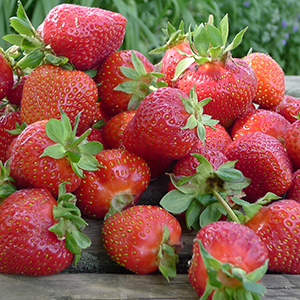
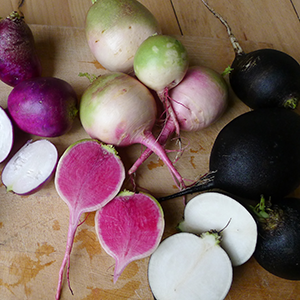
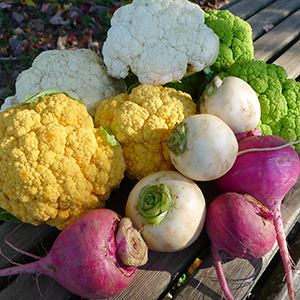
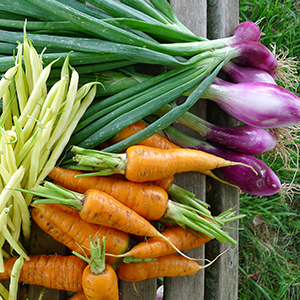
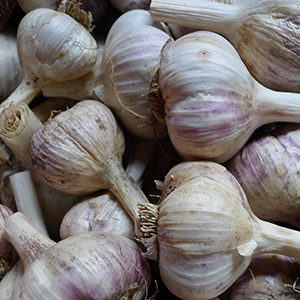
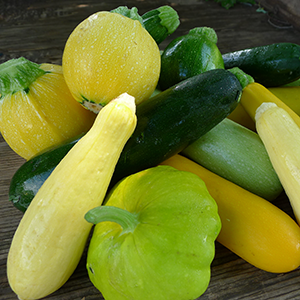



News and Notes | The Anchor Run Blog
Displaying a Single Post |
Show Recent Posts
August 22, 2021
Let's Talk Tomato
by Farmer Derek
Let's Talk Tomato
by Farmer Derek
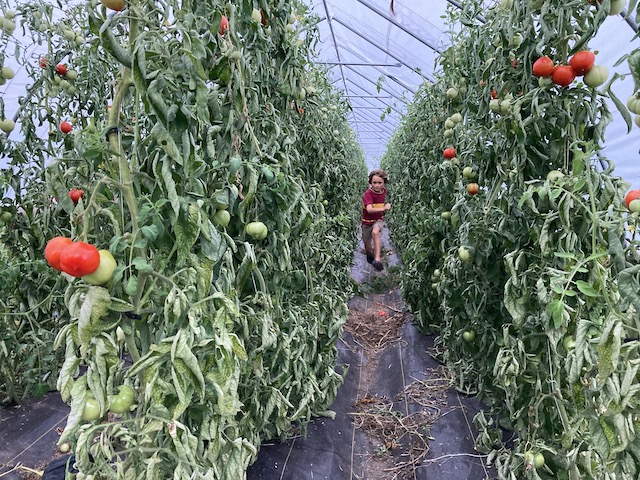
Outrunning the aforementioned zipper spider.
Now that we're into week #6 of harvesting tomatoes, have harvested 4-5 tons total, have distributed about 30lbs to full shares over that time (20lbs to medium and 15lbs to half), and the tomatoes do not appear to be slowing down just yet, it feels like it's time to reflect on their success this year. Undoubtedly a new all time tomato harvest record will be set this season. Besides the great yield, what's most pronounced this year is the sustained quality of the fruit and health of the plants. But why?
After a few successive years of disappointing or underwhelming tomato yields, reduced plant vigor and health, and a too short harvest window, we decided to reevaluate and try to improve this most important crop. The main issue with the tomato plant is its susceptibility to multiple diseases, both soil- and air-borne. We practice crop rotation to attempt to thwart soil-borne pressure, which typically kept plants healthy for their first two months in the ground. However, since we choose not to spray anything, organic or obviously otherwise, it's almost impossible to prevent air-borne disease from impacting plants, typically a couple of months after planting. These types of issues can migrate from the south where they have a better chance of overwintering or they could originate in the residue of last year's planting or even wild host plants that are related to tomatoes. Plants grown outside where rainfall hits the plants and the surrounding soil with their leaves remaining wet for long periods of time makes them much more susceptible to disease pressure. The 'easiest' solution for us is to grow tomatoes under cover, in a greenhouse, high tunnel, hoop house, etc, where rain is kept off foliage.
We've been growing heirlooms under cover in our movable high tunnel for a decade and 2nd-succession hybrids in our hoop tunnel for 4 years. The movable tunnel has 3 positions so each plot will see tomatoes once every 3 years. The stationary hoop tunnel, however, has been home to tomatoes for 4 years now. At the end of last season we erected two more tunnels, known loosely as caterpillar type, to provide an indoor home for our first planting of red round slicer hybrids, which we've grown outdoors until this season. These tunnels were placed in an area that had heavy soil, water saturation issues, and overall just poor performance. To ameliorate these factors we created waterways around the tunnels, using the soil from the waterways to elevate the tunnel plots. The tunnel plots then received an abundance of organic matter from incorporated straw and mushroom house substrate as well as calcium and micronutrients from aragonite and an organic fertilizer blend. When the soil was dry we spaded this mixture together, made beds by hand, installed landscape fabric to warm the soil and suppress weeds, planted the tomatoes, irrigated as needed, and voila, the best quality, most prolonged harvest, and best yield we've seen here. The second planting of tomatoes, in the hoop tunnel and high tunnel, are now yielding as well, so that when the caterpillar tunnels begin to slow, those should pick up the slack. Our goal was to have a sustained midlevel yield of say, 3-5lbs per week, but due to the happiness of the tomatoes in the caterpillars, I'm sorry to say that yields will be more in the 6-9lbs/week range. We hope you love tomatoes!

POSTS BY TYPE
POSTS BY MONTH

